Increasingly, people turn to self-care practices like meditation, guided imagery, mindfulness, and self-hypnosis to find inner peace and calm naturally. These techniques can be empowering as they build confidence, coping mechanisms, and, with strategies like self-hypnosis, can even change brain plasticity.
These strategies share certain qualities, yet each is distinct. It can be a bit confusing to figure out where to start and which one feels like the best fit. The purpose of this post is to illuminate the similarities and differences between meditation, guided imagery, mindfulness, and hypnosis/self-hypnosis. Once you understand more about the particular modalities, you can, hopefully, choose the which one to start with.
Meditation
• Meditation techniques help you to focus on or process the contents of your consciousness. Formal meditative states may provide you with a way to concentrate your awareness. With practice, this awareness can allow you to release thoughts and emotions. Ultimately then, you may reach a state of deep inner calm and “At-Oneness.”
Guided Imagery
• Guided imagery, according to WebMD, “involves using your imagination to help put your body in a calmer state….You use all of your senses to create imagery in your head to help relieve certain mental or physical problems…. The main goal is to build a sense of calm to ease tension and lift your mood.”
Guided imagery a type of meditation that utilizes affirmations, images that you choose for yourself, memories of special places you’ve been, or sensory experiences that prompt pleasant feelings in order to remind you of states of calm, happiness, or ways of being. Author Marcel Proust famously wrote, in his book, In Search of Lost Time, about how tasting a madeleine cookie transported him instantly, back in time, to a happy memory from the past.
Likewise, particular smells can trigger visceral emotions and, when used intentionally with guided or self-guided imagery, can be deeply helpful and supportive. I used these principles in my collaboration with DefineMe Fragrance to create a series of scented meditations. These are soothing and empowering affirmations that I wrote and recorded that go along with wonderful fragrances, infused with crystals. The scents, when worn and smelled throughout the day, elicit and inspire positive feelings of self-worth, joy, strength, and confidence. They bring about feelings of calm and inner peace naturally as they marry the words and intentions of the meditations with the clean beauty botanicals of the perfumes.
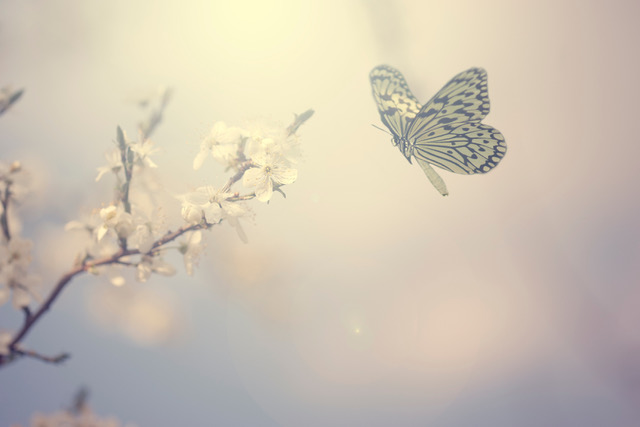
Mindfulness
• Mindfulness classes and apps have been popping up more and more lately. Maybe this is because a lot of research studies show how powerful mindfulness can be in terms of our health and wellness.
Numerous different types of mindfulness have been shown to be effective. Because different people practice different types of mindfulness, it’s easy to get confused.
To clarify things, know that mindfulness is a type of meditation. Two forms of mindfulness seem especially popular. They are mindfulness based stress reduction (MBSR) and classical mindfulness (based on the original forms of Buddhist mindfulness). So if you go to a class and you don’t love it, maybe that type just isn’t for you. In such a case, don’t give up or force it! Try another form of mindfulness, meditation, or self-hypnosis.
In general, mindfulness focus on non-judgmental, relaxed states of being present that combines attention and awareness. In this state, you might have a pure experience of “At-Oneness.” This might occur as a result of this practice of freedom from attachment, reaction, or pre-conception.
Mindfulness can be done during a formal meditation period. It can, however, also simply be a way of moving through daily life. Either way, when in a state of mindfulness, you practice a state of awareness free from attachment. Consequently you would be exercising a position of engaged neutrality or impartiality. This, therefore, supports observing life with clarity. As a result, you might progressively perceive things more accurately in terms of what arrives, lingers, and dissipates during each present moment.
Hypnosis and Self-Hypnosis
• I like to define hypnosis as focused attention directed to the point of achieving an altered state of consciousness. This often happens through the use of suggestions to meet specific goals. We can achieve this through a formal trance state, organically, or in conversation. This occurs by tapping into the unconscious through that altered state of consciousness.
So what does all of this mean?
The goal of most different forms of meditation tends to be… well… just Being!
On the other hand, hypnosis and self-hypnosis generally have a specific intention, direction, or purpose. That might be self-hypnosis for better sleep or hypnosis for anxiety relief or something else. In other words, with hypnosis and self-hypnosis, the suggestions have been designed for a treatment purpose, even if that purpose might simply be relaxation.
My suggestion to you:
Try different forms of meditation and self-hypnosis with expert teachers or practitioners. This may help you to find the method that feels best for you and your lifestyle. If you just want to focus on just being “present,” then you might prefer a meditation or mindfulness daily technique. I’ve often had people tell me that they find it hard to remember to meditate or “be present” or they find it difficult to make it to classes or to be consistent with mediation practices. This is one of the reasons that I was inspired to collaborate on the DefineMe Scented Meditations: it’s so easy to spray on a fragrance and listen to a 2 minute guided mediation. When smelling the scent throughout the day, it can remind you to be present and to intuitively and instantly return, in a sensory way, to that meditative state. This can be a great way to start a meditation practice effortlessly.
On the other hand, if you have a specific goal in mind, like improving sleep, then you might want to start with self-hypnosis.
Let me know how it goes!
To learn more about how to support great sleep and to find out the BEST time of day to do it, download my complimentary eBook and video, The 3 Biggest Things That Cause Sleep Problems & The ONE Thing You Can Do by 3pm to Sleep Better!
Parts of this post have appeared on February 12, 2020 on this website and on thriveglobal.com, where Dr. Dyan is a V.I.P Contributor.
Featured image by DefineMe Fragrance
Additional image by Black Ivy Images for Adobe Stock

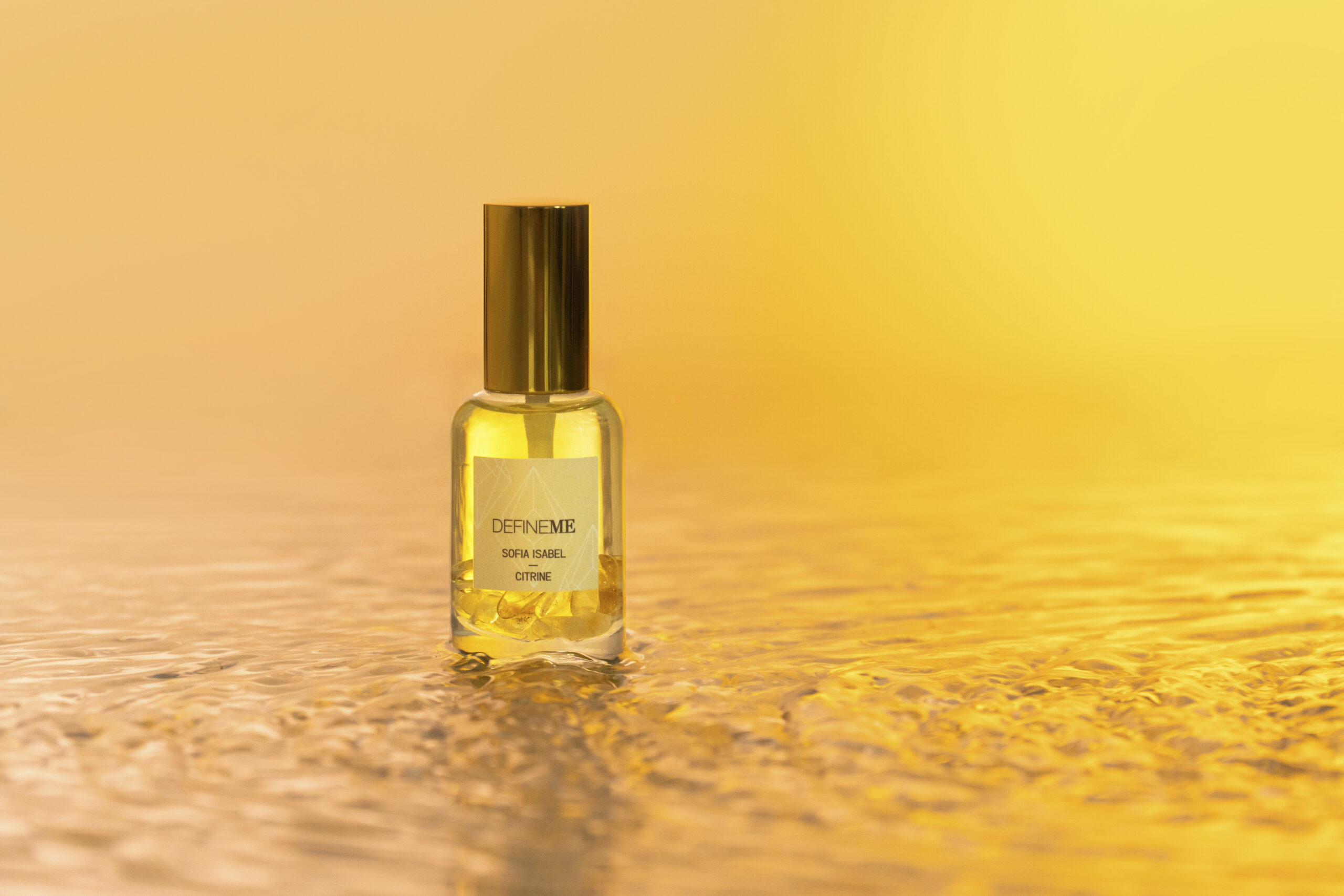

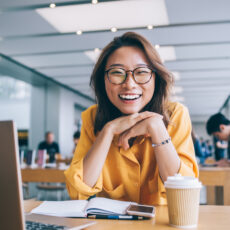


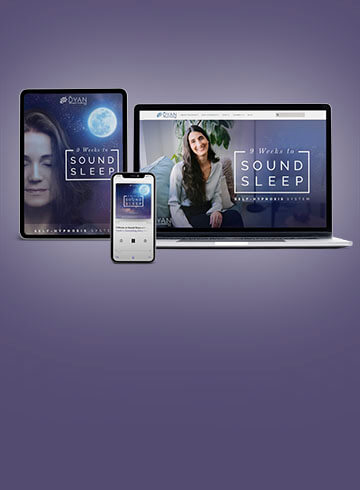
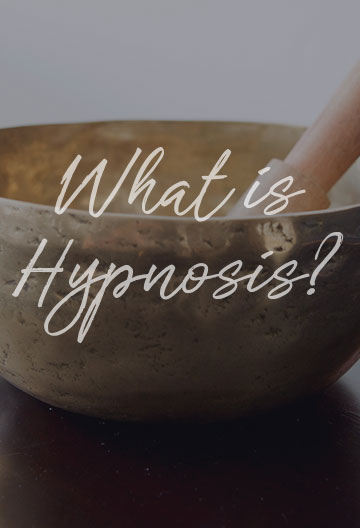
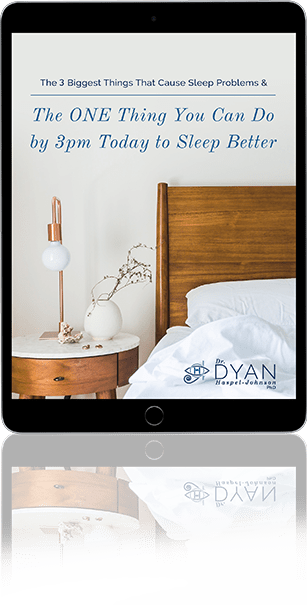
0 comments to " Meditation, Guided Imagery, and Self-Hypnosis "